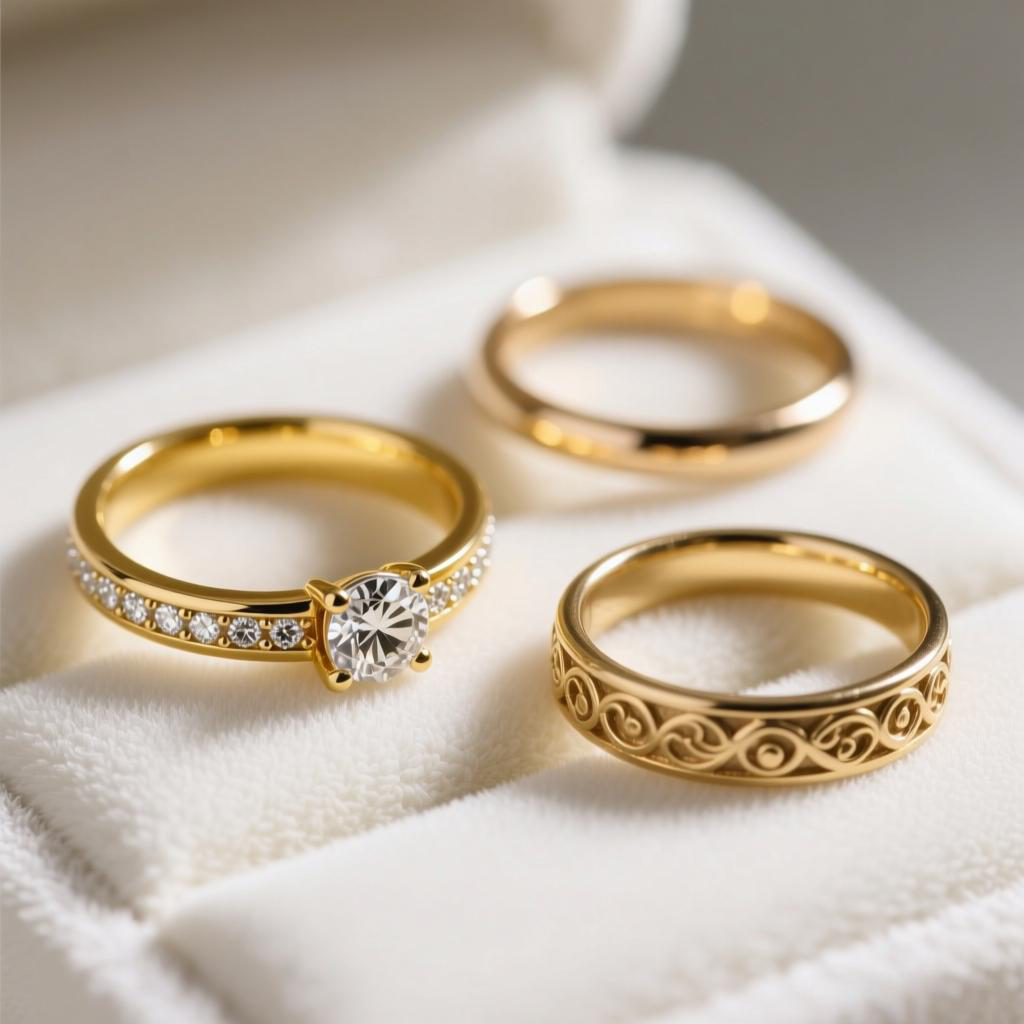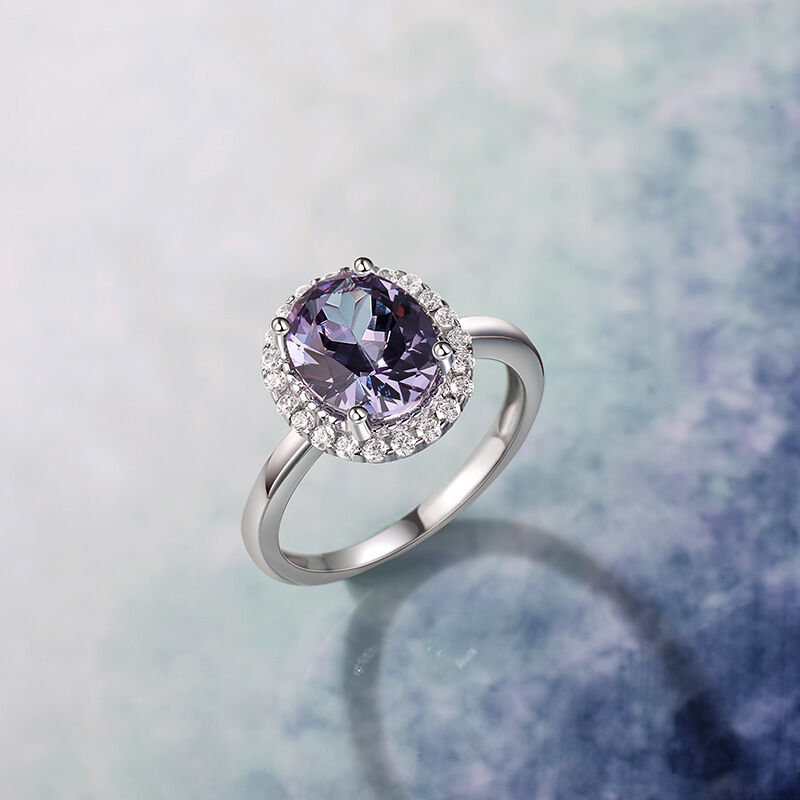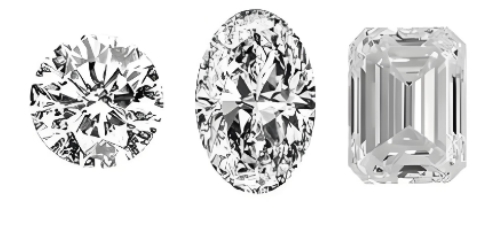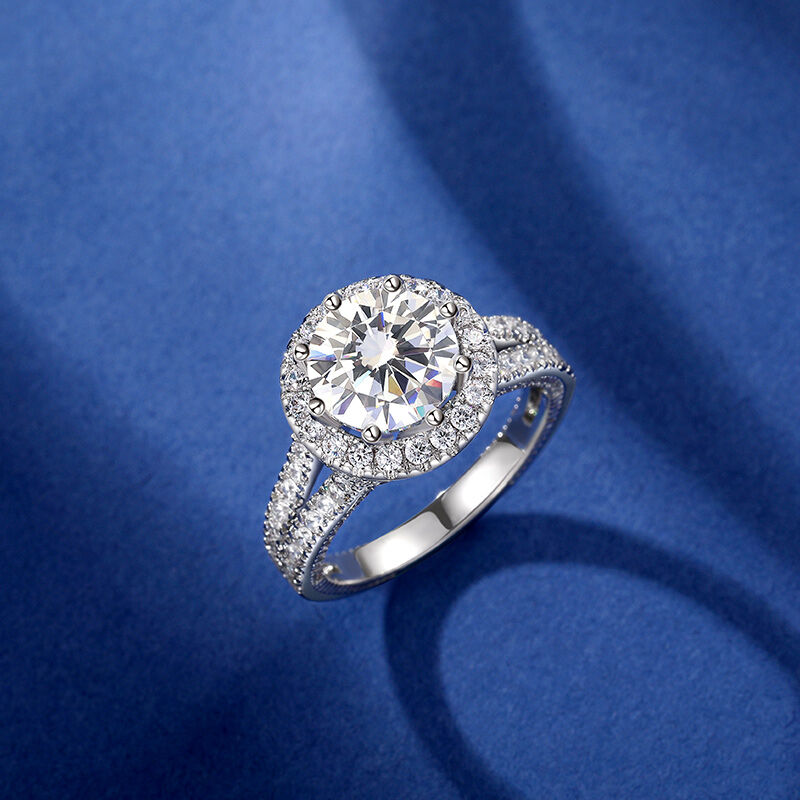Engagement Rings
Engagement rings have long been a symbol of love, commitment, and the promise of a shared future. Traditionally featuring a diamond as the centerpiece, these rings come in a wide variety of styles, metals, and gemstones that reflect the personalities and tastes of each couple. Beyond their sparkle and elegance, engagement rings often carry deep sentimental value, representing a moment of profound emotion and anticipation.
In modern times, many people are choosing unique designs, ethical sourcing, or even family heirlooms to make their rings more meaningful. Whether classic or contemporary, an engagement ring remains one of the most enduring expressions of affection and devotion.






